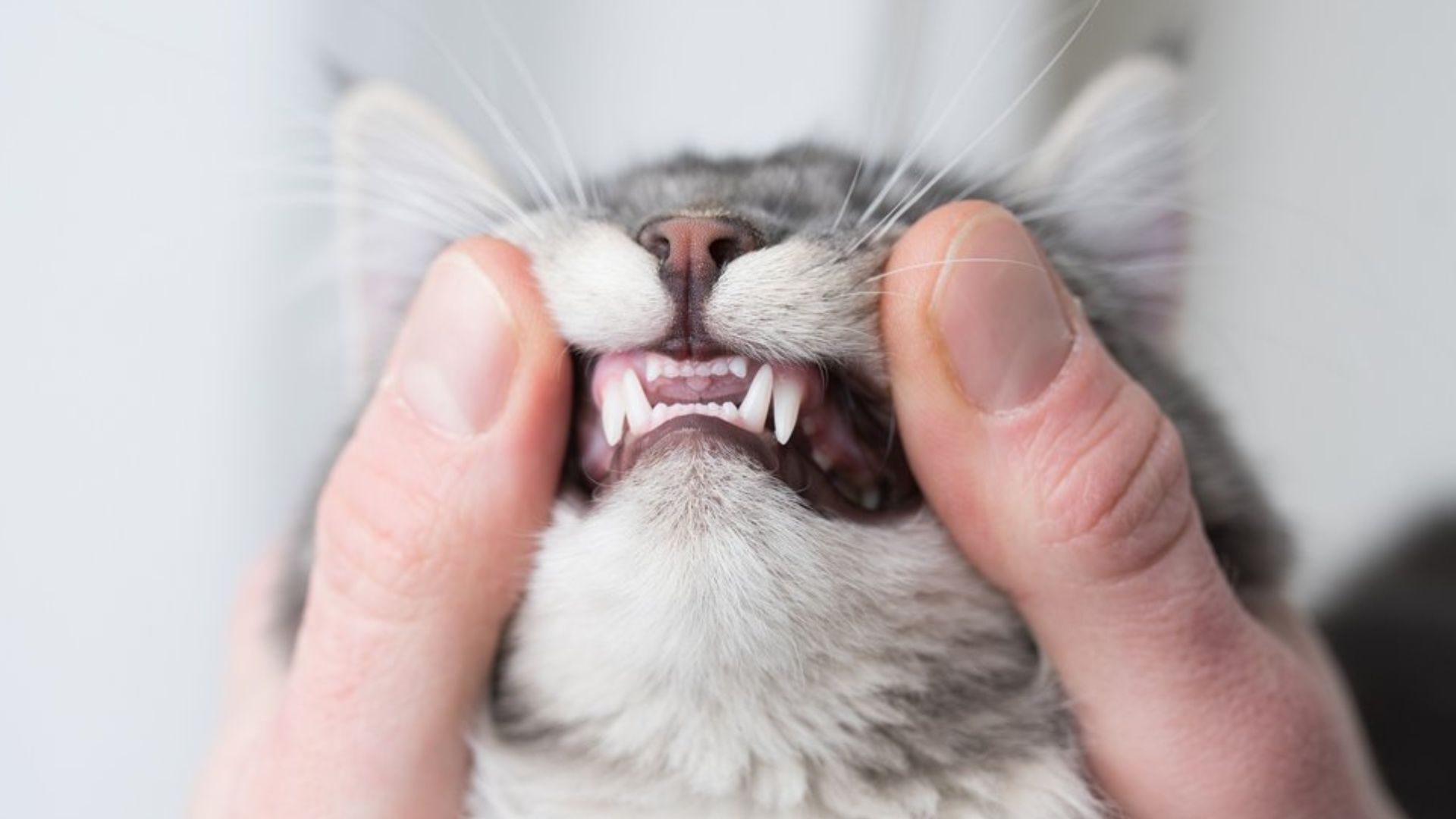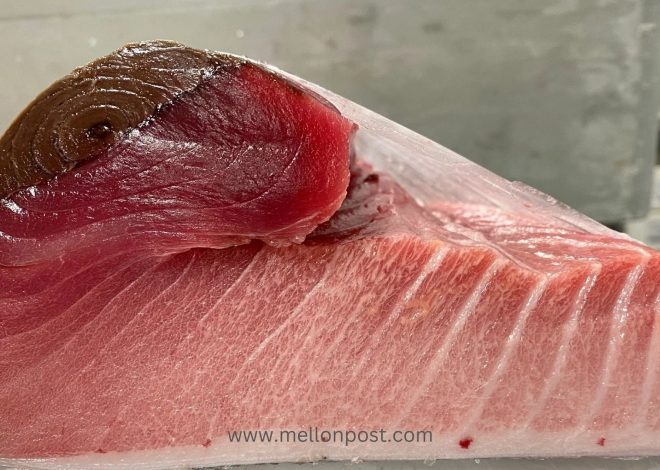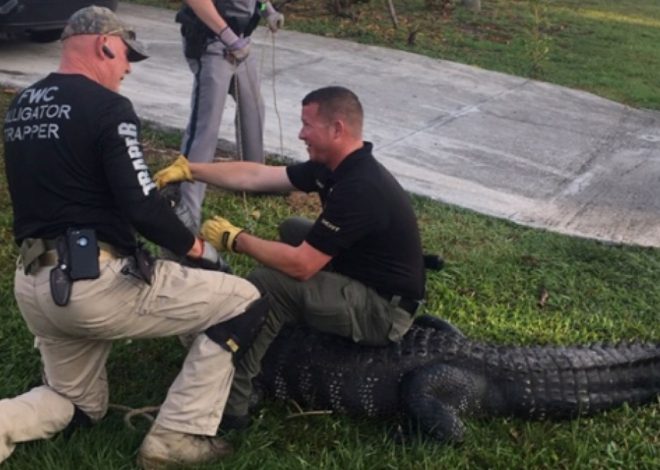
How Many Teeth Do Cats Have
Table of Contents
Cats are fascinating creatures with their sharp claws, agile bodies, and unique dental structure. Understanding the number of teeth cats have and their function can help pet owners provide better dental care for their feline friends.
This article will delve into the details of cat’s dentition, including the types of teeth, the teething process, and common dental conditions in cats.
Types of Cat Teeth
Cats have four different types of teeth, each with a specific function:
1. Incisors: These are the tiny teeth in the front of a cat’s mouth. There are six incisors in the upper part and six in the lower, for a total of 12 incisors. Their primary function is nibbling and gripping, such as while grazing on grass or during grooming to remove dirt or pull fleas from the fur.
2. Canines: After the incisors, there are four bigger fang-looking teeth called canines (two on top, two on bottom). Canine teeth are strong and very sharp, and cats use them to kill and hold onto prey or other food and start to tear it into smaller pieces.
3. Premolars: With their sharp, jagged edges, you can identify your cat’s premolars just behind the canines. These teeth have the job of chewing and breaking food down into even smaller pieces. There are six premolars on their upper jaw and four on their lower jaw, for a total of 10 premolars.
4. Molars: Arriving around 4-5 months of age, molars will come in as part of your cat’s set of adult teeth. Molars are located farthest from the front of your cat’s mouth. There are four molars, two upper and two lower located on the left and right sides of the mouth. Molars are important for chewing, grinding, and crushing, especially bone and other food with a harder consistency.
Teething Process
Kittens are born without teeth, but they start to grow baby teeth around 2-4 weeks old. By weeks 6-8, they should have their full set of fully grown baby teeth, also known as “milk” or “deciduous” teeth or more scientifically as “primary” teeth.
When your kitten is between 3-6 months of age, you may notice that they are more prone to chewing—whether on toys or anything else in sight. This is the start of the teething process when your kitten is trying to loosen baby teeth to make space for permanent adult teeth.
During this process, you may find some of their baby teeth around in the house. You needn’t be alarmed, as this is completely normal. It’s unlikely that you’ll find all 26 of your kitten’s baby teeth, since some of the teeth are naturally swallowed.
Common Dental Conditions in Cats
Just like for humans, oral health is very important for cats. Unfortunately, most dental conditions often go unnoticed in cats until later stages, by which time they are in pain and treatment options are more limited. This is because it can be very difficult to detect dental disease in cats with the naked eye, since most dental disease is below the gum line.
Cats are also notorious for hiding pain, whether it’s in their mouth or somewhere else. It’s simply in their nature, because they instinctively want to appear strong in the eyes of potential predators, and this instinct has remained strong—even for the domesticated house cat that never goes outside.
How do cats’ teeth differ from humans’ teeth
Cats’ teeth differ from humans’ teeth in several ways:
1. Number of Teeth: Cats have 26 baby teeth and 30 permanent teeth, while humans have 20 baby teeth and 32 permanent teeth.
2. Tooth Structure: Cat teeth are optimised for hunting, with large canine teeth designed for puncturing prey’s skin and shearing through flesh. In contrast, human teeth are adapted for a more varied diet as omnivores, with incisors, canines, premolars, and molars serving different functions in eating.
3. Cavity Formation: Cats do not develop cavities like humans do. The shape of cat teeth, lacking horizontal surfaces found in human teeth, prevents the formation of true cavities. Cats’ diet, low in carbohydrates and sugars, also contributes to their resistance to cavities.
4. Dental Issues: While cats do not get cavities, they can suffer from other dental problems like periodontal disease, gingivostomatitis, oral cancer, and tooth resorption. These conditions can be painful for cats and may require veterinary intervention, including tooth extraction.
5. Grooming Function: Cat incisors, the tiny teeth between the canines, are not used for hunting but are essential for grooming. Cats use these teeth to nibble, groom their fur, pick up small objects, and scratch itches, showcasing the versatility of their dental structure.
In summary, Cats’ teeth are specialized for their carnivorous diet and hunting behaviour, with adaptations that differ from the teeth of omnivorous humans. Cats’ teeth are designed for gripping, tearing, and shearing meat, while human teeth are more versatile for processing a variety of foods.
How do cats’ teeth differ from dogs’ teeth
Cats’ teeth differ from dogs’ teeth in several key ways:
1. Number of Teeth: Cats start with 26 teeth and develop 30 permanent teeth, while dogs begin with 28 baby teeth and grow to have 42 permanent teeth.
2. Tooth Structure: Cat teeth are optimized for hunting, with large canine teeth designed for puncturing prey’s skin and shearing through flesh. Dogs, on the other hand, have teeth adapted for a more varied diet, with different shapes and sizes to accommodate their omnivorous eating habits.
3. Dental Care: Both cats and dogs are prone to dental disease, especially as they age. Cats are more resistant to dental care than dogs, making it important to introduce dental hygiene practices gradually. Regular dental check-ups and care are essential for both cats and dogs to prevent dental issues and maintain oral health.
4. Tooth Function: Different teeth serve different functions in cats and dogs. For example, a cat’s incisors are more useful for grooming and picking up objects, while a dog’s teeth are adapted for a wider range of functions due to their omnivorous diet.
Cats’ teeth are optimized for shearing and tearing through prey, reflecting their carnivorous nature, while dogs have teeth suited for a mix of meat and plant-based foods.
In summary, cats’ teeth are specialized for their carnivorous diet and hunting behaviour, while dogs’ teeth are adapted to a more varied diet as omnivores. The differences in tooth structure and function reflect the diverse dietary needs and lifestyles of these two species.
Some common dental problems in cats
Cats can suffer from various dental problems, including periodontal disease, stomatitis, tooth resorption, and oral cancer. These issues can cause significant discomfort and pain, leading to decreased appetite, weight loss, and difficulty eating.
Periodontal disease; this is a common issue affecting up to 70% of cats by the age of 3. It is caused by bacteria found in plaque, which can lead to gum inflammation, infection, loose teeth, and organ damage if untreated.
Stomatitis: It is a painful inflammation and ulceration of the gums, cheeks, and tongue, often affecting Persians and Himalayans but potentially affecting any cat. Cats with stomatitis may have reduced appetites and may become malnourished due to the pain associated with eating.
Tooth resorption: This is a gradual destruction of a tooth or multiple teeth in a cat’s mouth, potentially affecting up to three-quarters of middle-aged and older cats. This condition can cause pain and may require surgical intervention.
Oral cancer: It is a common cancer in cats, potentially affecting the gums, tongue, jawbone, lips, or palate. Early detection is crucial for successful treatment. Symptoms may include oral masses, facial swelling, drooling, weight loss, sudden tooth loss, and halitosis.
Preventing dental issues in cats involves routine brushing and cleaning of their mouths, professional dental examinations and cleanings, and starting oral care while they are still kittens. Regular dental checkups starting when cats are a year old can help prevent disease and maintain overall health.
How to prevent dental problems in cat
Cats can suffer from various dental problems, including periodontal disease, stomatitis, tooth resorption, and oral cancer. To prevent these issues, it is essential to maintain your cat’s dental health through regular brushing and cleaning.
1. Brushing: Regularly brushing your cat’s teeth with tooth gel or toothpaste specifically designed for cats can help prevent gum disease and other dental issues.
2. Diet: A well-balanced, healthy cat food can protect your cat’s whole health, giving it the ability to fight off diseases and aid in healing. While some cat parents believe kibble or hard food will provide the abrasive action needed to clean teeth, this is not true, as most cats swallow their food whole.
3. Professional Dental Checkups: Regular professional dental checkups can help identify dental issues early and prevent them from becoming severe. Depending on your cat’s age, genetics, diet, and overall health, your vet may advise annual or twice-yearly dental examinations.
4. Home Dental Care Routine: A consistent home dental care routine, including brushing and using dental treats or foods, can contribute to a longer life-span and a happier life for your cat.
5. Dental Treats and Foods: Dental treats and foods are available to help you keep your cat’s teeth healthy. These products can reduce plaque and tartar buildup, promoting better dental health.
Some dental chews or toys that can help prevent dental problems in cats
Cats can benefit from dental chews or toys designed to help prevent dental problems. These treats or toys can help reduce plaque and tartar buildup, freshen breath, and promote overall oral health. Some popular options include:
1. Greenies Dental Treats: These treats have a unique shape and crunchy texture that helps reduce tartar on cat teeth. They are available in various tasty flavours, such as roasted chicken, beef, salmon, tuna, and catnip.
2. Wellness Cat Treats: These low-calorie treats contain natural ingredients and no artificial flavours, colours, or preservatives. They have a crunchy texture that helps reduce plaque buildup and are available in several meat-based flavours.
3. DentaLife Dental Treats: These treats have a porous texture that surrounds all sides of a cat’s teeth, helping to scrub away tartar buildup as they bite down.
4. IntelliDent Cat Bites: These highly-rated cat treats work with a cat’s natural chewing action to help reduce plaque and tartar buildup. They contain no artificial preservatives and are low in calories.
5. Noah’s Ark Chicken Feet: These 100% chicken breast strips encourage cats to chew and help remove plaque and tartar.
6. Yappetizers Sardines: Whole dried sardines are a smaller, delicious treat for dainty chewers and young cats.
These dental chews and toys can be given daily as part of a regular at-home brushing and oral hygiene routine to help keep your cat’s mouth healthy.
However, they should not replace regular veterinary checkups and at-home brushing. Always consult with your veterinarian to determine which treats are best for your cat, especially if your cat has existing health issues or requires a special diet.


